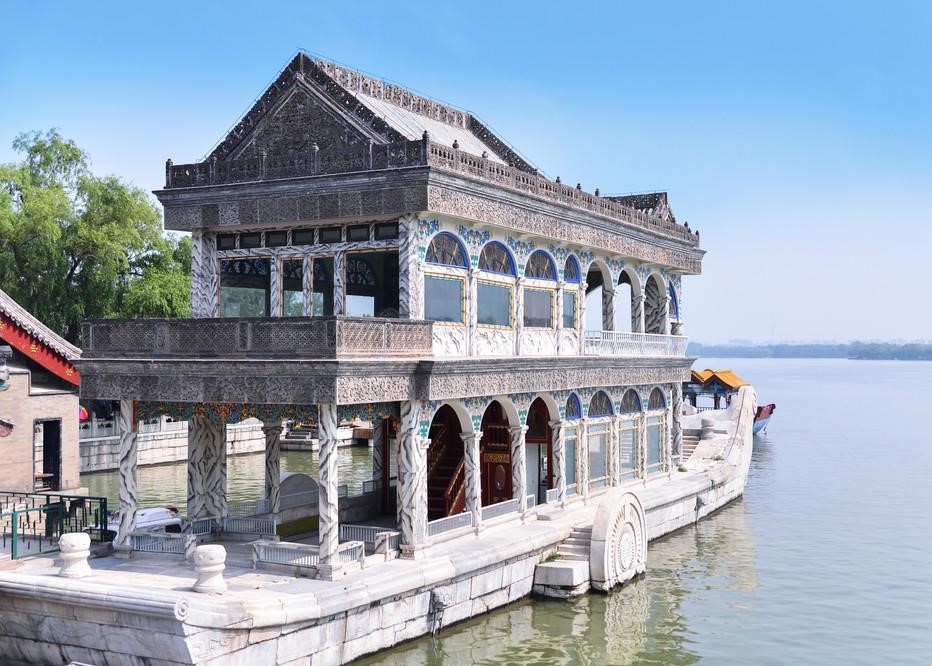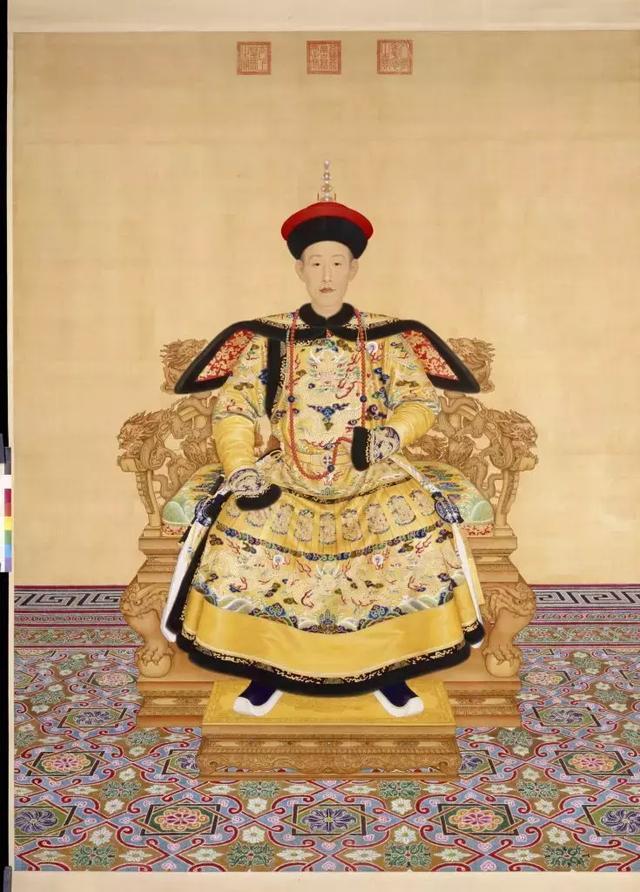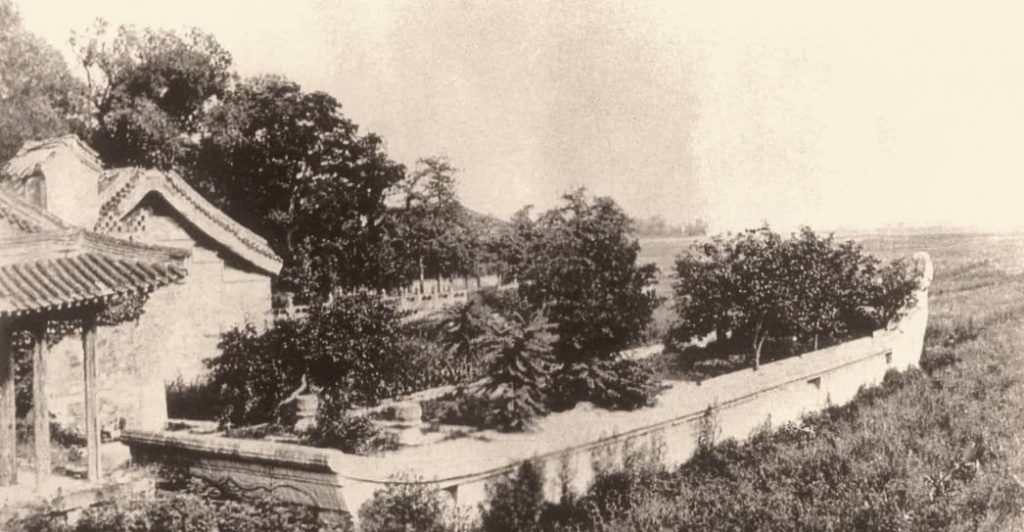The New Summer Palace and its Stone Steam Ship
Are Chinese ships made of marble?
Going for a walk in the park of the New Summer Palace some visitors rub their eyes in amazement. Floating on the edge of a lake, just next to the central hill with the beautiful palace complexes, one can see the most unusual boat.
Made of stone!
And it doesn’t float either.
What presents itself there to the unsuspecting tourist is the famous marble boat of dowager Empress Cixi (pronounced: Z’ shi).
But it’s not really Cixi´s boat either.
And, well, not really a Chinese boat.

It is popularly referred to as the marble boat or jade ship. The official name is: Boat of Purity and Calm. Sometimes you can also find the name “Shi Fang (石舫)-Stone Boat” or “Qing Yan Fang (清晏舫)”- from a Chinese idiom “He Qing Hai Yan (河清海晏) which symbolizes ”peace has reigned over the land”. It is a pavilion, a boat dummy, which was built to enjoy the view and also to impress some foreign dignitaries.
After doing some research, I found that the information about this building is rather sparse and often only superficial. But after a more in-depth search, I realized that this boat, which tourists often glance at as a curiosity, is full of deep symbolism and illustrates the decline of the Qing (read: Tsing) dynasty.
Who builds something like that?
The first brief information is usually that the dowager Empress Cixi (then the most powerful person in the state) commissioned the boat when she had the Summer Palace renovated between 1885 and 1895. However, “building” is somewhat too much, since she only had an already existing structure renovated. The original idea for the marble boat on Kunming Lake dates back to one of the most famous emperors of the Qing dynasty, Emperor Qianlong (pronounced: Tshien Long). As early as 1755, he gave the go-ahead for the construction of a viewing platform in the shape of a boat.

And this boat obviously replaced a much older structure, which belonged to a former temple complex dating back to the Ming Dynasty (1368-1644).
Who needs something like that?
The element of water and thus also symbols of navigation are a motif not foreign to Chinese garden architecture and have been used since ancient times. Like other pavilion forms, it is used to relax in a beautiful environment, to engage in cultural activities and to enjoy the view. Those more experienced in western garden and landscape architecture might see a connection to the abundant fake ruins, which should lead to all sorts of views and mysterious feelings in Baroque parks. Architectural elements to increase aesthetic pleasure.
On a basis of large stone blocks, a delicate structure is assembled, made of wood and other building materials. The upper part is usually reminiscent of Chinese sailing ships.
But that is no longer the case today. During the Opium Wars the original structure was destroyed by French-British contingents in the course of the fighting. Many palaces and parks were badly damaged and burnt down at the time. So was the Jade Ship.

Why does it look odd?
In accordance with the zeitgeist, Cixi used a different design in its reconstruction. Therefore, in a Chinese imperial park with palaces, there is a stone paddle steamer that somehow looks Chinese, but also as if it had been moved from the Mississippi or the Seine directly to Beijing.
Now the visitor faces a 36-metre-long hull made of large stone blocks with a two-story structure on top, which is laid out with flower-decorated tiles. Colorful glass flashes in the windows and stone ornaments are attached to the ceiling. To all the kitsch -maybe I am just a philistine- there are several rotating mirrors, which are supposed to capture various particularly beautiful views of the lake and to present them to the people on board. So, to speak, a multimedia or multidimensional experience. Maybe like 3D glasses or a 4D cinematic adventure of the late 19th century. Those who are sad that all this seems quite too western and modern, can enjoy the dragon heads, which are mounted in Gothic cathedral manner as drainpipes for rainwater everywhere on the boat.
Pages: 1 2

